Geology and minerals play an important role in the country's development. The investigation, exploration and exploitation of mineral resources have created resources for socio- economic development, with the orientation of forming an environmentally friendly economic sector and "high-tech raw materials" for the economy.

Deputy Minister of Agriculture and Environment Tran Quy Kien hopes that the younger generation will continue to keep alive the "flame" of passion for the earth - the flame of their predecessors. Photo: Mai Dan.
Deputy Minister of Agriculture and Environment Tran Quy Kien emphasized this in a conversation with the Agriculture and Environment Newspaper, looking back at the industry's 80-year journey as well as future directions.
The geology and mineral sector has spent 80 years accompanying the cause of building and defending the Fatherland. How does the Deputy Minister assess the role, outstanding contributions and traditional values of the sector during that journey?
Over 80 years of formation and development, associated with the historical stages of the nation, the Vietnamese geology and mineral sector has always affirmed its role as a pioneering field, carrying out the mission of basic geological investigation, searching and evaluating many strategic and important mineral resources to serve the cause of national construction and defense.
Since the early days of the country's founding, in the context of countless difficulties, generations of geologists, regardless of hardship and sacrifice, have left their mark in every part of the country, from deep forests, high mountains to remote islands to carry out their mission, and at the same time affirm national sovereignty. That journey has established a national database on geology and minerals, a set of invaluable "original data", serving multiple purposes: from planning for socio-economic development, building transport infrastructure, irrigation, to ensuring security - national defense... and especially the basis for having a mining industry. Up to now, we can be proud of the achievements that the Industry has achieved.
That is, the geological mapping and mineral survey at a scale of 1:50,000 on nearly 80% of the mainland area have been completed; the exploration and determination of reserves and resources of more than 60 types of minerals with thousands of mines and ore points. Among them are many strategic and important minerals such as bauxite, titanium, rare earth; energy minerals such as coal, uranium; base metals such as copper, gold; and abundant sources of construction materials have been, are and will continue to be important endogenous resources for the country's industrialization and modernization process.
Looking back on the 80-year journey, the industry's greatest legacy is not only the geological and mineral figures, but also the tradition that has been nurtured through many generations: "Going ahead to pave the way - Never retreating from hardship - Responsibility to the Fatherland and the people". That is the scientific spirit, dedication, patriotism and absolute honesty, which have been and are being preserved for future generations.
Proactively investigating strategic minerals - Investing for a sustainable future
Strategic minerals and deep-lying minerals play an essential role in national security and future economic development. The mission of the geology and mineral sector is to search, evaluate and exploit them sustainably. However, this is a challenging task. So, according to the Deputy Minister, what strategy do we need to carry out basic geological surveys, research and evaluate these important minerals?
We are living in a context where the world is entering the race for energy transition and the 4.0 industrial revolution. The demand for strategic minerals, also known as minerals of the future, such as rare earths, lithium, nickel, cobalt, graphite, copper... has increased dramatically and become a key factor for the energy security and technological security of every country.

Geologists survey Nguom Mooc cave, Mong An commune, Binh Gia, Lang Son, in 2023. Photo: Institute of Geological Sciences and Mineral Resources.
For Vietnam, this is both a challenge and a great opportunity. We have significant potential in mineral groups such as rare earth, bauxite, and titanium. Therefore, investigating and evaluating strategic minerals is urgent and a top priority as a basis for strategic planning of the semiconductor and renewable energy industries.
To carry out the tasks of mineral geological investigation and assessment, especially for deep-hidden minerals and minerals in deep-sea areas, we need to have synchronization between three factors: National strategy, legal institutions and implementation capacity.
Resolution No. 10-NQ/TW on strategic orientation of geology, minerals and mining industry to 2030, with a vision to 2045, has oriented basic investigation as a task that goes one step ahead, as a state investment for development. On that basis, the Law has institutionalized and created a solid legal corridor, identifying basic geological and mineral investigation as a basic, essential public service invested and implemented by the State. This is the basis for allocating a concentrated, long-term budget for large-scale investigation projects; creating a mechanism for applying new and high technology, enhancing international cooperation, especially strategic minerals and deep-lying minerals.
To implement, we must have a competent apparatus. Currently, the Government is strongly directing the reorganization and consolidation of the system of public service units in the industry towards streamlining, effectiveness and efficiency. In particular, investing in modern equipment to carry out complex investigation tasks requiring high technology for deep-seated minerals; building a centralized, unified National Geological Data Center, applying digital technology, AI, 3D models to become the "brain" of analyzing and forecasting resources of the Industry.
In the context of global energy transition, the investigation and assessment of strategic minerals is considered urgent. With the great potential of strategic minerals, we need to soon have an orientation to mobilize resources to effectively implement this task. Could you please share more clearly, Deputy Minister?
To carry out this task, the Ministry of Agriculture and Environment is focusing on three key solutions: The State plays a leading role and concentrates budget resources. Accordingly, the Vietnam Geology and Minerals Department urgently implements key projects of the Government, such as: Project on comprehensive investigation of rare earth; projects on geological mapping and mineral assessment in the Northwest and Central Central regions; and especially the tasks of assessing strategic minerals for energy security.
At the same time, encourage the mobilization of social resources in the form of "socialization" to speed up the progress of mineral investigation and assessment.

Leaders of the Ministry of Agriculture and Environment handed over the results of the Northwest Project to 14 provinces in the region. Photo: Nguyen Thuy.
In addition, closely connect "Institutes - Schools - Enterprises - Localities" to form a nationwide, synchronous network of basic geological surveys and geological surveys of minerals, to monitor the implementation of projects, ensuring efficiency, unity and transparency.
Towards a sustainable, high-tech economic sector
Minerals are non-renewable resources, so the policy of shifting from resource exploitation to "integrated geological resource management" to serve planning, green transformation and ensuring national resource security needs to be realized, Deputy Minister?
Yes, “integrated geological resource management” is a step further than “mineral resource management”. Governance is the management of the “entire life cycle” of resources, from when they are underground (planning, investigation), to when they are put into use (licensing, exploitation, processing) and even after exploitation (mine closure, environmental restoration). To realize this policy, the Law on Geology and Minerals 2024 has paved the way with institutional policies through four groups of strategic solutions.
Firstly, establishing Planning is the leading management tool. The Law strictly regulates the establishment, appraisal and approval of National Mineral Planning, Provincial Planning, integrated and synchronized with land use planning, marine planning, and environmental protection planning. This is a tool to "lock" input, preventing widespread licensing and conflicts of interest.
Second, use economic and financial tools to regulate mining activities. The law has prioritized economic tools to guide businesses towards sustainable development. Accordingly, auctioning mining rights is a form applied to most mines, ensuring transparency, increasing budget revenue; encouraging clean technology investment projects and deep processing. The environmental restoration deposit mechanism is tightened, calculating correctly and fully the environmental restoration costs from the beginning, ending the situation of "private individuals enjoying profits, the state and society bearing the consequences".
Third, strengthen the "green" criteria throughout the value chain. Law 2024 has a policy on promoting the application of circular economic models and green economy in mineral activities and mineral processing.
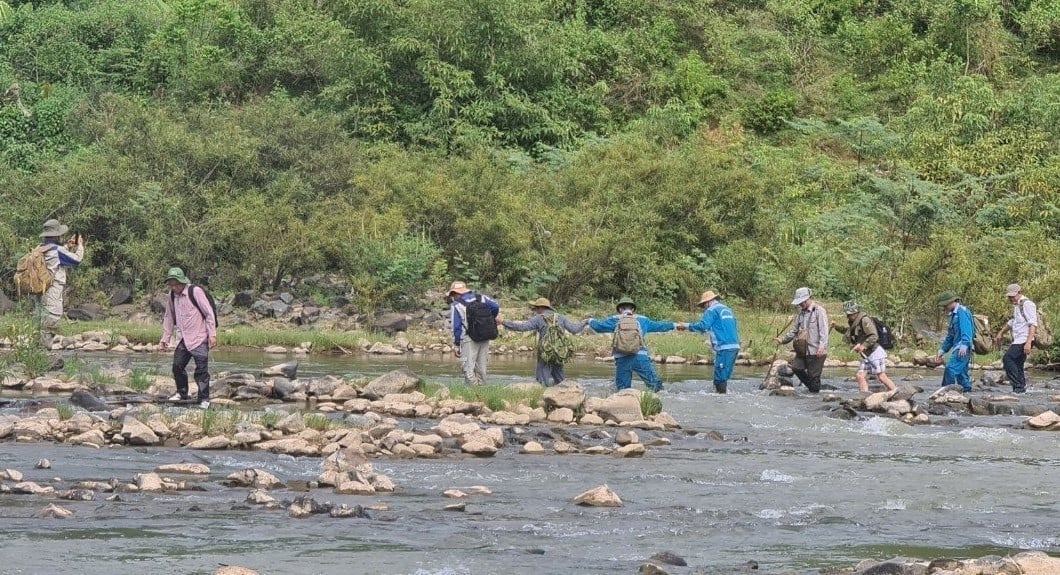
Geologists have left their footprints all over the country, from mountains to islands. Photo: Vietnam Geology and Mineral Resources Department.
Fourth, comprehensive digitalization and decentralized supervision. Geological databases will be digitized and linked with land and environmental data. All information on resources, reserves, mining output, and environmental protection obligations will be made public. At the same time, increased decentralization to localities will go hand in hand with a strict cross-monitoring and post-audit mechanism from the Central Government to ensure consistency.
So how will the geology and mineral sector manage resources, Deputy Minister?
By 2045, the geology and mineral industry will no longer be an industry that exploits "brown" and primitive resources, but must become "green materials" and "high-tech materials" for the economy. Accordingly, the governance model must transform to "Smart, transparent, internationally integrated governance, focusing on data - technology - people", based on 4 pillars:
First, management based on Big Data and real time: We will complete the National Digital Geological Resources Management System. This is not just an archive, but a central "nervous system". All data (from basic investigation, exploration, exploitation) will be updated in real time.
Second, the Smart Mining and Automation model: Accordingly, AI, IoT and 3D simulations will be applied to detect hidden minerals; the "Smart Mining" model will be operated, where robots and automated systems perform risky and dangerous mining steps; optimize the process to achieve the highest efficiency and minimize environmental pollution.
Third, develop a multidisciplinary workforce: Vision 2045 cannot be achieved by relying solely on traditional geological engineers. We need a new generation of professionals: digital geological engineers who know how to analyze data; resource economists who know how to value resources and market risks; and mining lawyers who understand international law and ESG (Environmental, Social, and Governance) standards.
Fourth, deep integration into the global supply chain: Vietnam must be an important link in the global strategic mineral supply chain, in the high-value segment. The brand "Vietnamese Minerals - Responsibility and Sustainability" will be built. Accordingly, each ton of Vietnamese minerals exported (in the form of deep processing) will be "green certified", meaning that they are exploited and processed according to the highest international environmental and social standards.
Does the Deputy Minister have any message for the next generation of cadres, engineers and geological scientists in the new journey of the industry?
On this occasion, on behalf of the Ministry's leadership, I would like to express my deepest gratitude to generations of Vietnamese cadres, engineers and geological scientists who have silently devoted themselves, even sacrificing their youth, to the earth and to the Fatherland. Previous generations have successfully completed the mission of "leading the way" in hardship. Today, the country is entering a new era with new requirements. The biggest challenge of the geological industry is no longer harsh working conditions, but challenges of knowledge, vision and technology. The mission of today's generation is to carry out the transformation from "brown" to "green", turning the geological and mineral industry into a high-tech, sustainable economic sector.

Deputy Minister Tran Quy Kien (3rd from left) inspects the strategic mineral project in 2025. Photo: Southern Marine Geology and Cartography Federation.
I hope that the younger generation will continue to keep the "flame" of passion for the earth - the flame of their predecessors. But you must be global geologists, that is: Master digital technology; improve your knowledge and always put responsibility for the environment and the future of the country first.
As beloved Uncle Ho advised: "Geology is the eyes and ears of the country; understanding the earth's core is the only way to master nature and serve humanity."
Thank you very much, Deputy Minister!
Source: https://nongnghiepmoitruong.vn/nganh-dia-chat-va-khoang-san--tru-cot-cho-phat-trien-ben-vung-d781427.html




![[Photo] Prime Minister Pham Minh Chinh receives Lao Minister of Labor and Welfare Phosay Sayasone](https://vphoto.vietnam.vn/thumb/1200x675/vietnam/resource/IMAGE/2025/11/11/1762872028311_dsc-2246-jpg.webp)


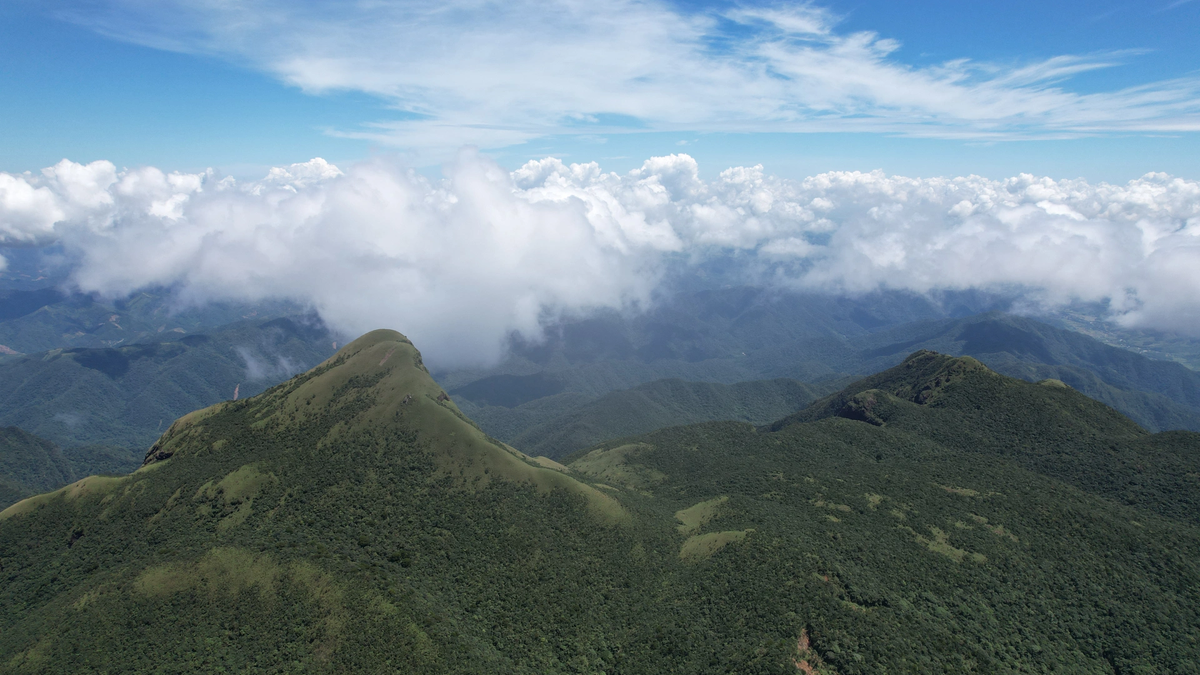





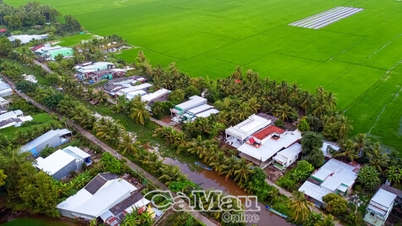





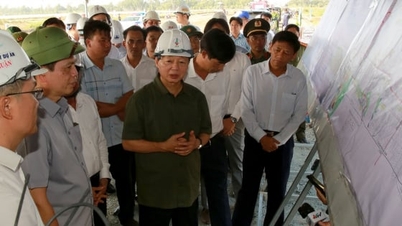






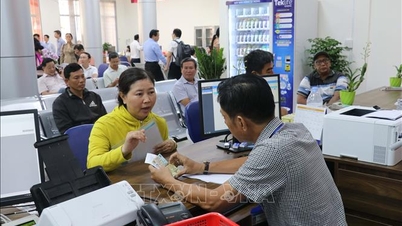






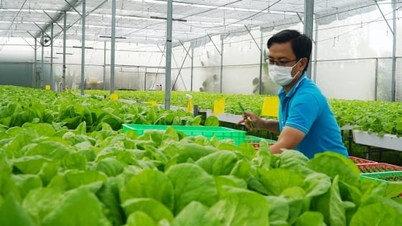

























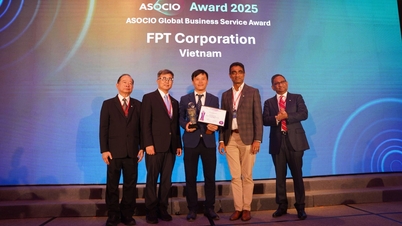















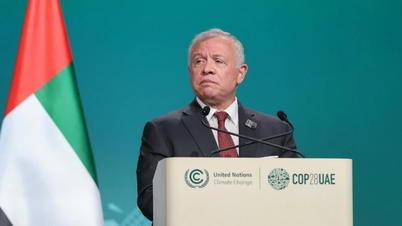












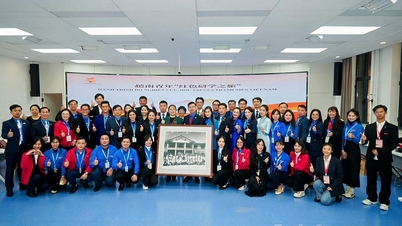





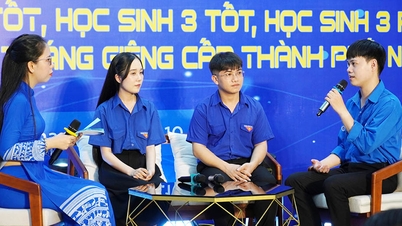

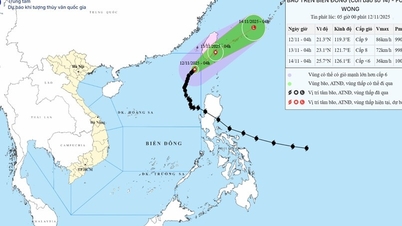





![Dong Nai OCOP transition: [Article 3] Linking tourism with OCOP product consumption](https://vphoto.vietnam.vn/thumb/402x226/vietnam/resource/IMAGE/2025/11/10/1762739199309_1324-2740-7_n-162543_981.jpeg)








Comment (0)